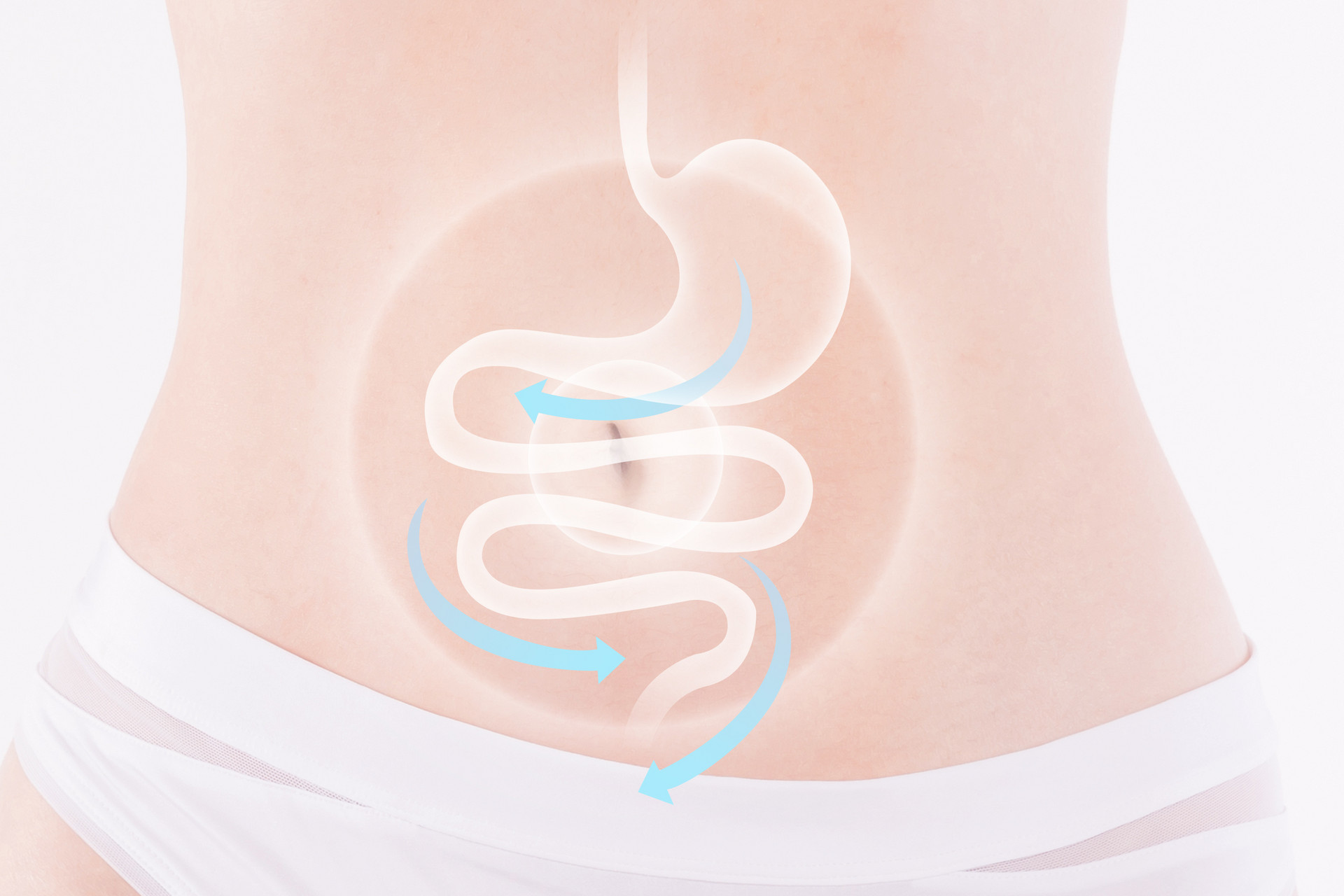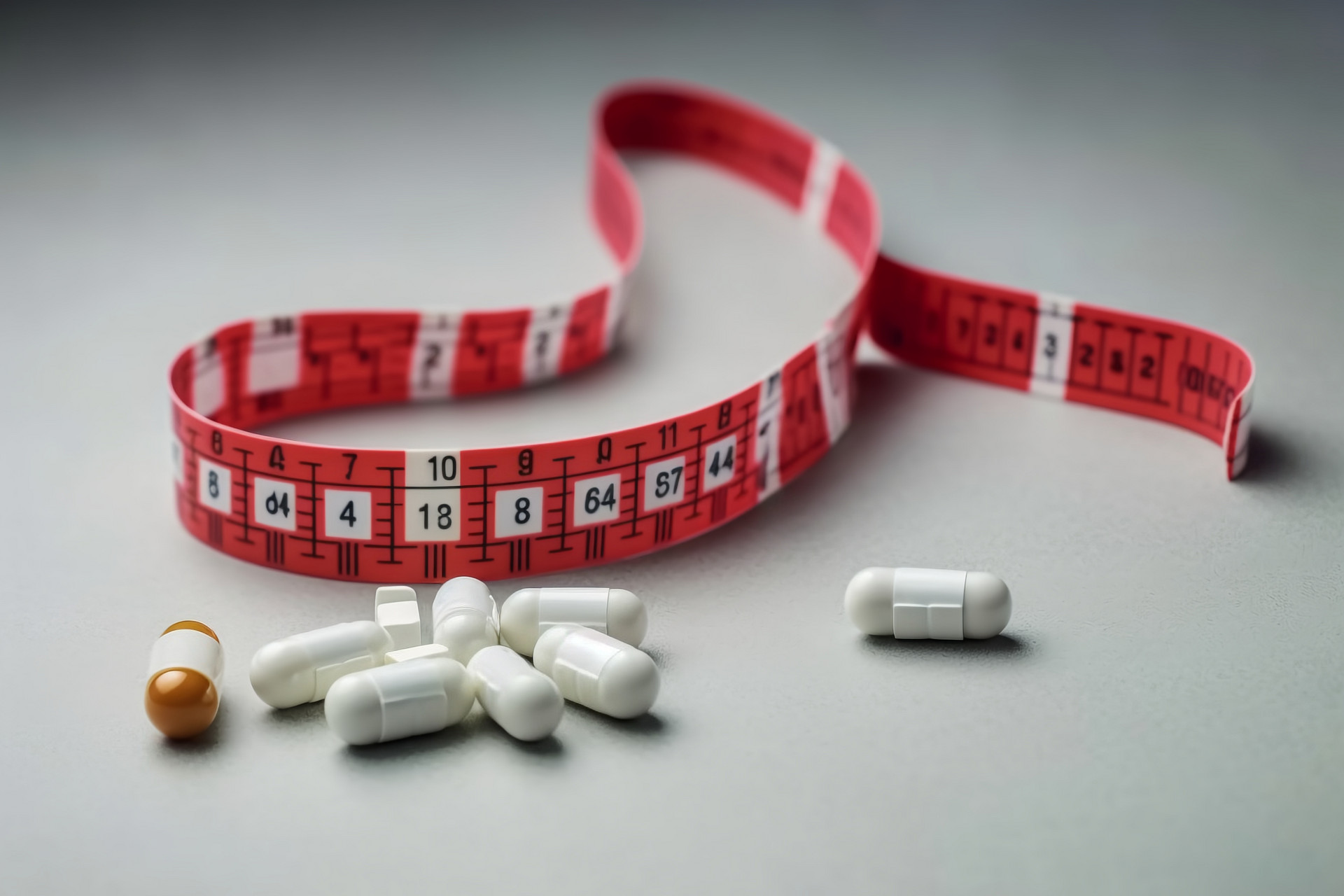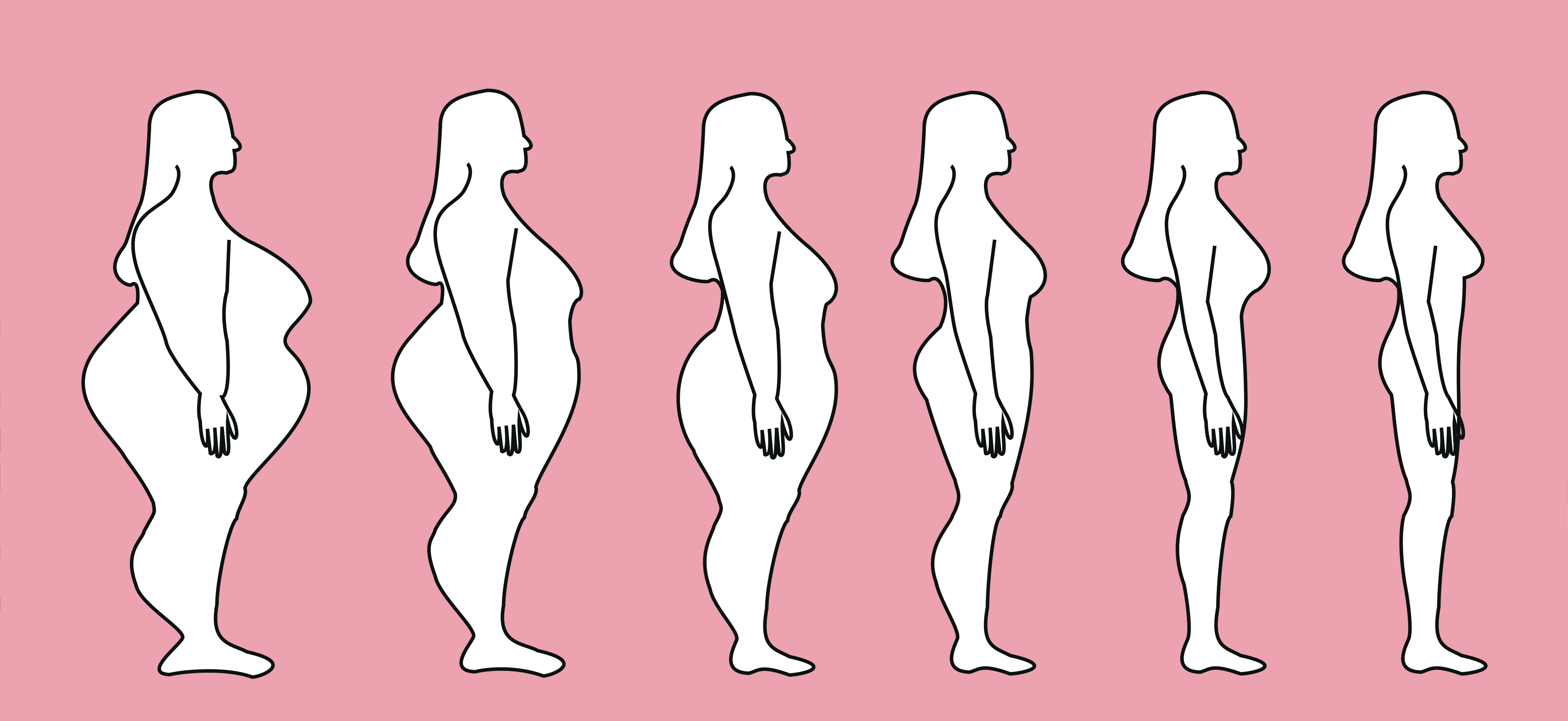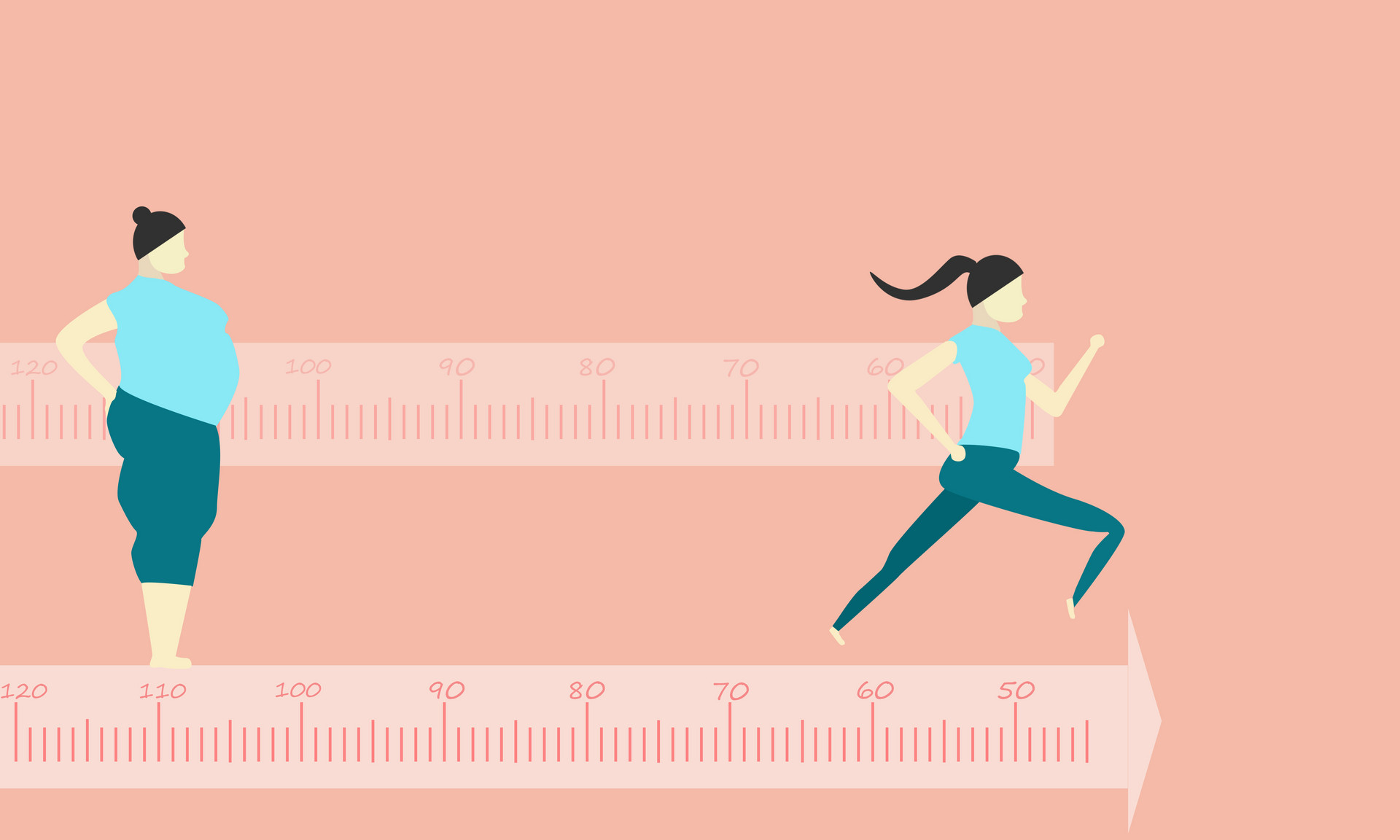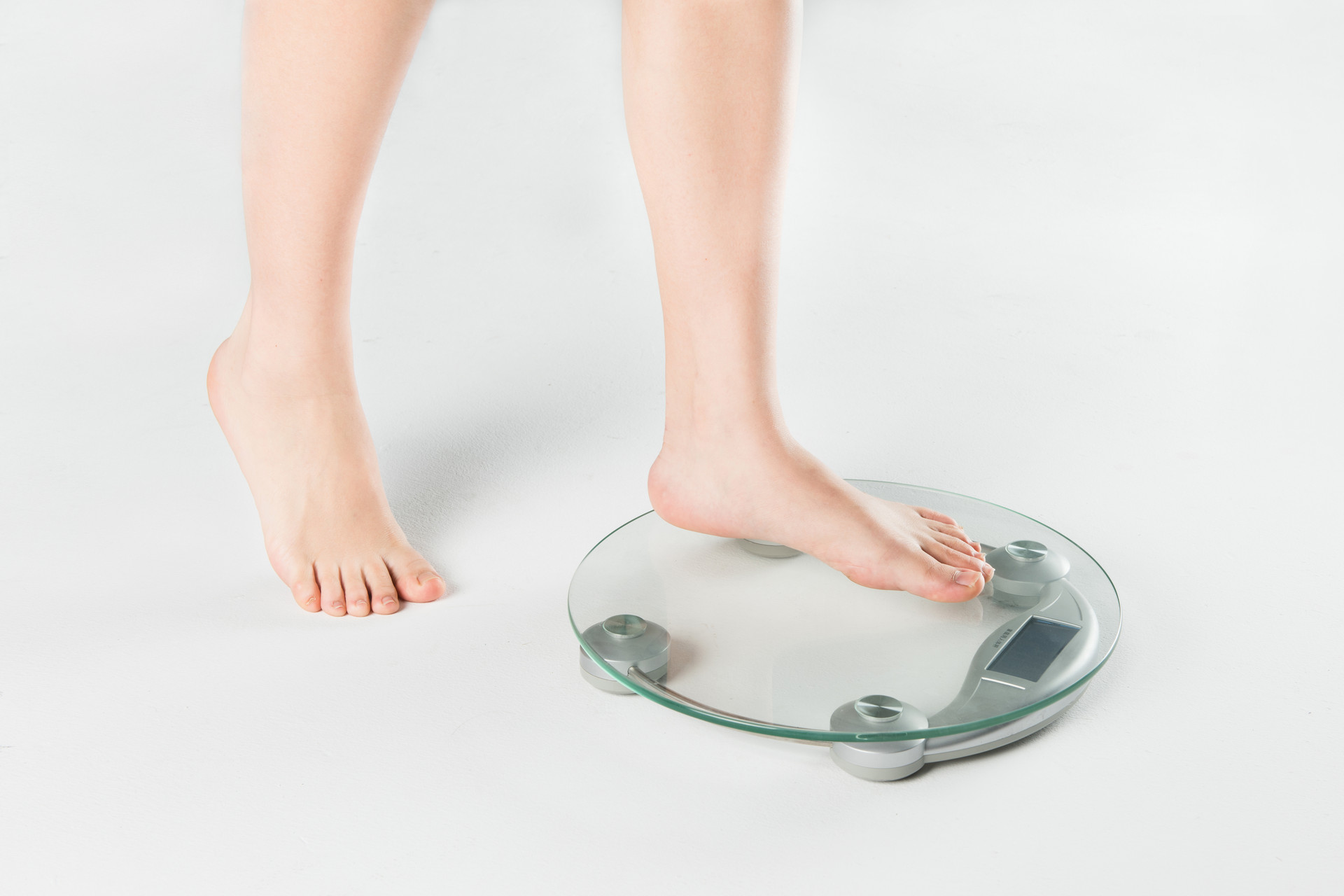Traditional Chinese medicine emphasizes the regulation of the five elements in the human body to treat and maintain health. Traditional Chinese dietary therapy has long-lasting value, not only in treating diseases, but also in beauty, anti-aging, and weight loss. Traditional Chinese dietary therapy is suitable for everyone and can be effective with slight improvements in daily habits. Let's learn about the methods of traditional Chinese dietary therapy together.
Table of Contents
1. Theory of Traditional Chinese Dietary Therapy
2. Health Preservation through Traditional Chinese Dietary Therapy
3. Beauty through Traditional Chinese Dietary Therapy
4. Anti-Aging through Traditional Chinese Dietary Therapy
5. Weight Loss through Traditional Chinese Dietary Therapy
6. Spot Removal through Traditional Chinese Dietary Therapy
7. Foods for Traditional Chinese Dietary Therapy
8. Principles of Traditional Chinese Dietary Therapy
Theory of Traditional Chinese Dietary Therapy
There are significant differences between food therapy and drug therapy. One of the remarkable characteristics of food therapy is "treating diseases when present, strengthening the body when healthy," without significant toxic side effects on the human body. In other words, by using the biased characteristics of food (grains, meat, fruits, and vegetables) in terms of taste and nature, it can be specifically used for the treatment or adjuvant treatment of certain diseases, adjusting the balance of yin and yang, and aiding in the treatment of diseases and the recovery of body and mind. However, food is still food, containing various essential nutrients for the human body, mainly aimed at replenishing the continuous consumption of yin, yang, qi, and blood.
Therefore, even if the syndrome differentiation is inaccurate, food will not cause significant harm to the body. As famous physician Zhang Xichun said in the book "Medical Secrets from the East and the West," "When a patient uses food therapy, not only can it treat the disease, but it can also satisfy hunger. It not only satisfies hunger, but also tastes good. When used appropriately, the disease gradually improves. Even if it is not used appropriately, there are no other adverse effects." Therefore, food therapy has a wide range of applications, mainly targeting sub-healthy individuals, followed by patients, as an adjuvant measure for medication or other treatments, naturally integrated into daily dietary life.
Drug therapy mainly uses drugs, which have strong properties and have been known as "poisonous drugs" since ancient times. They are mainly used for the treatment of diseases and the prevention of diseases. If drugs are used indiscriminately, laxatives are used for deficiency syndromes, tonics are used for excess syndromes, warm drugs are used for hot syndromes, and cold drugs are used for cold syndromes. This not only fails to treat the disease but may worsen or even worsen the original condition. Therefore, medication must be used with great caution.
Food therapy combines treatment with food. It not only achieves the purpose of health preservation and disease prevention but also provides sensory and mental enjoyment to people. It allows people to unknowingly achieve the goal of disease prevention and treatment while enjoying delicious food. This natural therapy is significantly different from taking bitter medicines, as it is easy to accept and can be used for a long time, making it particularly suitable for the conditioning and treatment of chronic diseases.
In addition, food therapy does not have strict requirements on dosage and form like drugs. It can be processed and cooked according to the patient's taste preferences, making it delicious and visually appealing while retaining its therapeutic effects. Of course, because food therapy and drug therapy have their own strengths, both are indispensable in disease prevention and treatment. They should be used in combination and coordination, complementing each other.
Food Therapy and Medicinal Cuisine
Medicinal cuisine is a special form of dietary therapy that has gradually emerged in recent years. It combines drugs and food in a rational manner, uses traditional Chinese cooking techniques, and combines modern food processing technology to produce special foods that are both visually appealing and have a complete taste. Medicinal cuisine takes advantage of the nature of drugs and the taste of food, using the form of food to enhance the effect of medicine and the power of medicine to assist the effect of food, achieving the goal of health preservation, disease treatment, and longevity.
Food Therapy Foods and Regular Diet
Food therapy foods have therapeutic effects and have similarities with regular diets. They must be processed and cooked using certain cooking methods to meet the requirements of food, including color, aroma, taste, and shape. However, food therapy foods cannot be equated with regular diets because they are specifically selected under the guidance of traditional Chinese medicine theory, using certain combinations and cooking methods to achieve the purpose of disease prevention and treatment.


